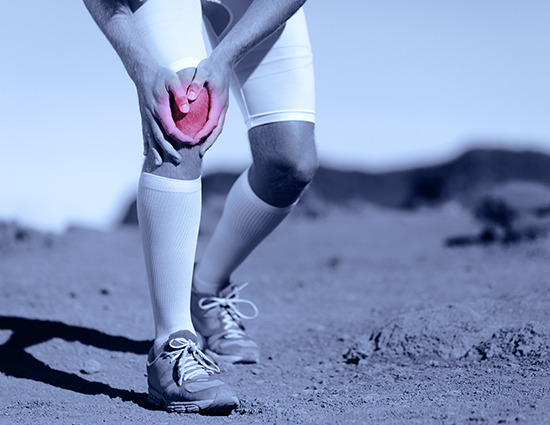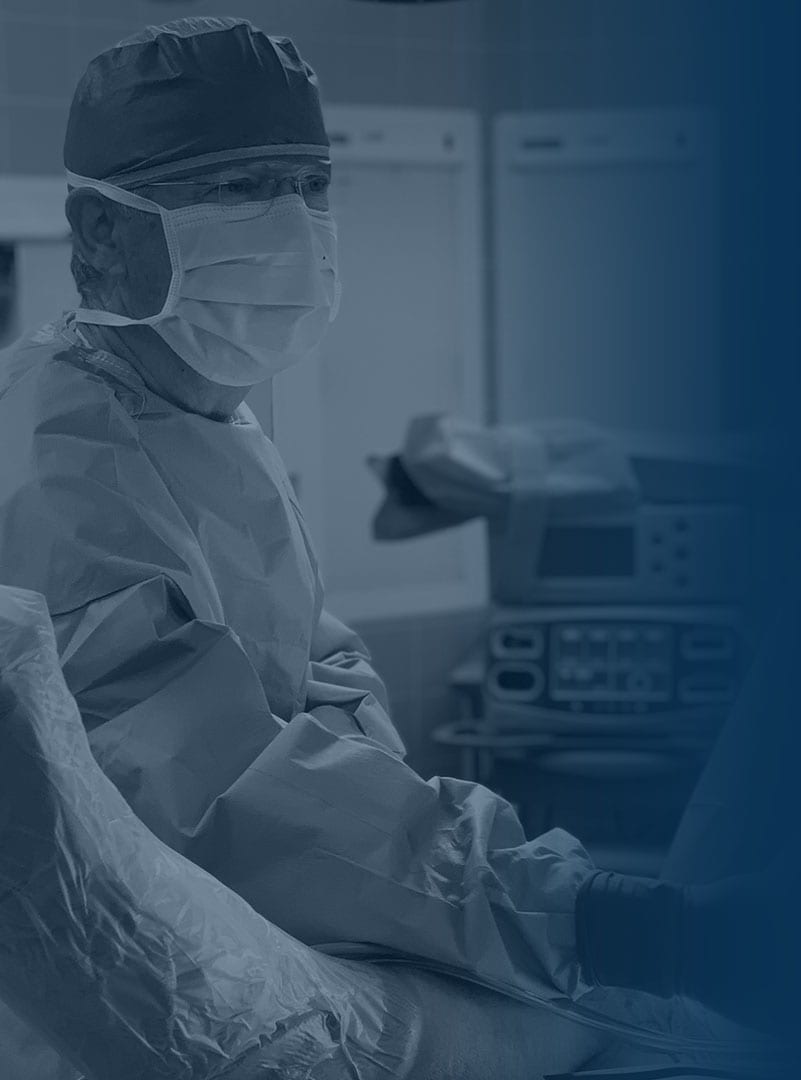
What is an ACL tear?
An ACL tear is the disruption of the most essential internal ligament located inside the middle of the knee. There is an anterior and posterior cruciate ligament (ACL and PCL) that form an X inside the knee to help control backward and forward movements of the tibia. They also assist with rotational stability of the knee. ACL tears are classified as grade I sprain, grade II partial tear, grade III complete tear. Anyone who is active can injure this ligament when tripping and falling or with sudden strong movements (twisting, quickly changing direction, pivoting or landing from a jump). Athletes that play football or soccer are more likely to tear this ligament.
How does an ACL tear occur?
ACL tears occur with changing direction rapidly, stopping suddenly, slowing down while running, landing from a jump incorrectly, and direct contact or collision. Too much force is placed on the ligament, and it tears from trying to prevent the twisting or directional forces. We see this injury in patients aged 10 to 70.
What are the symptoms of an ACL tear?
The symptoms of an ACL tear are: “pop” at time of injury, swelling, feeling your knee give way, pain, loss of range of motion (ROM), or discomfort while walking. Walking on stairs or inclined surfaces will usually exacerbate these symptoms.
How is an ACL tear diagnosed?
A complete history and physical exam are performed. Several physical exam findings may be present and discussed with you such as positive Lachman, pivot shift, and anterior drawer tests. Also, x-rays and an MRI will be done to confirm an ACL tear diagnosis.
How is an ACL tear treated?
Method of treatment will depend on the age and activity level of the patient. Non-surgical treatment may be an option for older or less active patients. This includes treatment with bracing and physical therapy.
More active patients and athletes will need surgery to correct the instability. Surgery will include reconstruction of the ACL with soft tissue from another area of a patient’s body such as a tendon graft from the patient’s own patellar or hamstring tendon. This procedure will be completed by minimally invasive arthroscopic surgery and is done as outpatient. This means no hospital stay, a 1-hour procedure, and you will be in the surgical facility for close to 3 hours. We either use an allograft from a donor cadaver or your own autograft from your patellar tendon to make the repair. Today’s technologies and instruments make this a very safe and reproducable procedure for the patient and the physician.
What is the recovery time after ACL repair surgery?
With surgical reconstruction of the ACL, you will wear a hinged knee brace for 4-6 weeks and use crutches 2-3 weeks. Physical therapy for 2-3 months to complete the ACL protocol. Athletes may use a sports brace for 8-12 months after physical therapy sessions are complete. Patients typically are 90% recovered at 6-8 weeks with a return to full activities in about 4-6 months.
We are here to help. If you believe you are suffering from an ACL tear, we would love to deliver a diagnosis, get you treated and get you moving again.


